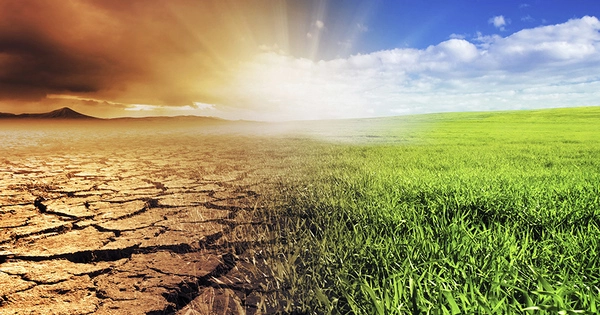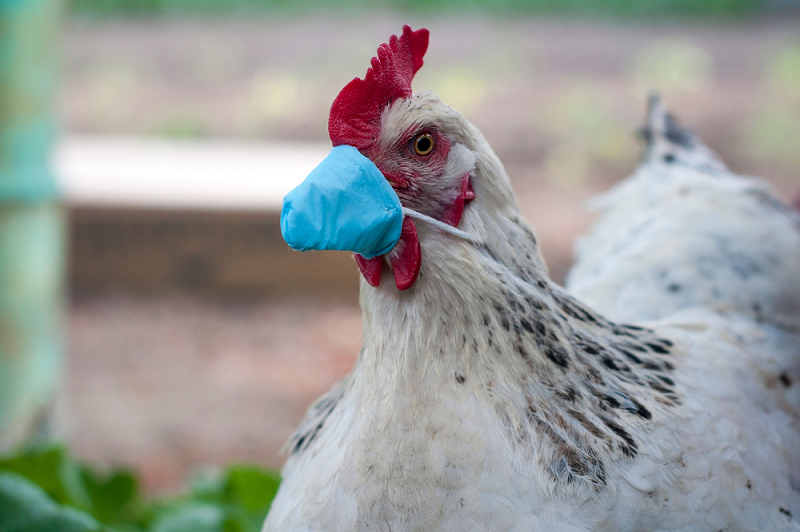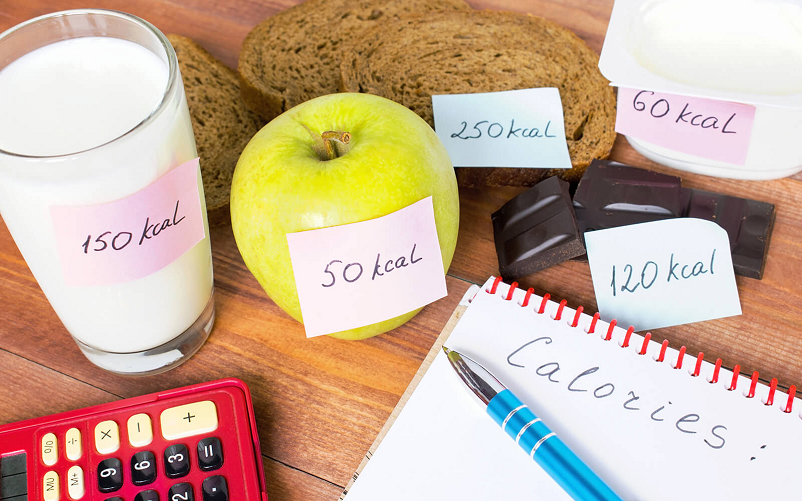Can MAHA Succeed?
Whether we see it as such or not, MAHA is a movement by the people and for the people. Before it was known as MAHA, it was simply a rising concern among an increasing number of in-the-know people who learned how bad our food, faming, and health situation is in America. The question is; Can it succeed as a government mandate? I know I will probably be vilified for this, but I'm skeptical. I believe RFK Jr. will give it his all and will work very hard to make it a success. But I’m skeptical that MAHA can be successful to the extent he wishes to make it successful. Don’t read into this what I’m not saying, his intent, as I see it, is sincere and he’s probably the best person for the movement, along with Jay Bhattacharya and Marty Makary. I don’t wish to be paranoid on this issue, or to discourage anyone who believes in it. It’s just that I look at the massive agency HHS is, the vast number of people who are part of it (and all the agencies under HHS like FDA and USDA), and I’m skeptical that such a vast organization can meaningfully backtrack from the direction it was pointed for at least thirty years. Not to mention whether the bureaucracy within wants to backtrack. The term “permanent Washington” refers to people in bureaucratic positions who stay there from one presidential administration to another. I think this is more real than most Americans realize. Undoubtedly, there are people within these agencies who are willing to wait out an administration who disagrees with their agenda. This will include people who are willing to give lip service to a sitting president or health secretary for the sake of appearances, only to continue the previous course (back to the original agenda) when he is gone. I’m with everyone else, watching and waiting hopefully to see what secretary Kennedy is able to achieve on the vaccine front, with food guidelines, regenerative agriculture, and the like. But I'm hopeful in a dubious sort of way. I look at the track record of these types of agendas—programs that are for the people at the expense of government control—and can’t help but being cynical. I think the opportunity for MAHA to be sidetracked from its original intent is extremely high. Yes, there’s the banning of food dyes—a necessary move. There’s a willingness to study Autism, which I endorse. There’s the separation of vaccines (not as many vaccines in a single shot or visit), which is a necessary initial approach. But even so, the chance for the original agenda to be sidetracked by small wins or bright shiny objects is extremely high, in my opinion. Plus, I’m sure RFK Jr. and the people surrounding him know very well that certain agendas will be met with extreme pushback from industry and the lobbying circuit, which, if you’re in that position, it’s always easy to go for the smaller wins at the expense of the bigger ones. The same likelihood for distraction applies to the people who follow MAHA and support the endeavor. When a people’s movement like this one garners presidential and government attention like MAHA has, it’s very easy for the people (even the early supporters) to be so caught up in rah-rah-rah-ing every small “win” that they lose sight of the bigger agenda. Let’s recognize that we’re hardwired to want to have someone take care of us. Those of us who have opted out know how difficult it is to take the not-so-well-traveled path of finding life-giving real food, of going against a pediatrician’s advice regarding the vaccine schedule, of seeking out alternative health hacks that are poo-poohed by not only the medical industry, but perhaps by family members as well. Therefore, it's quite comforting to see our health strivings go mainstream, being discussed in a presidential campaign, and a celebrated-in-the-health-crowd figure like RFK Jr. being appointed secretary of HHS. But remember, the desire to be taken care of may be stronger than the desire for liberty and independence. Liberty and independence, BTW, require hard work, free thought, and sometimes ridicule. My concern is that four years, or eight or twelve years roll around, a new administration comes in, and very little has changed that can’t be easily reversed. I hope I’m wrong. The foremost reason for my skepticism is rooted in the fact that MAHA flies directly in the face of the largest and most powerful industries in the country—and perhaps the world. These would include the pharmaceutical industry, the agricultural lobby, the agri-chemical industry, and the American Medical Association. If MAHA goes as it should and treads around on the toes of these industries and the lobbies representing them, and survives the pushback, threats, and ruthlessness, it will be quite a feat. Many of us want to believe RFK Jr. will not compromise, much like many Trump supporters paint everything he does as positive. But even RFK Jr. must pick his battles, and don’t kid yourself, the battles are real, and the threats, I’m sure, are severe. The industries I mentioned above do not handle threats to their agendas with kid gloves. Ruthless is their middle name, and I don’t think they will back away from their long-standing agendas just because RFK Jr. is appointed head of HHS. Plus, the likelihood for the supporters of the movement to become lax because it’s now a government mandate is extremely high. I’m always reminded of Zuby’s “21 things I learned”, which is an excellent short-form recognition of human behavior. Many of the 21 bullet points theoretically apply to this topic. For example, number nineteen, which reads; Modern people are overly complacent and lack vigilance when it comes to defending their own freedoms from government overreach. I think this axiom is true on a much deeper level than most of recognize. Or number seven; Most people believe the government acts in the best interests of the people. Even many who are vocal critics of the government. Here again, this is more widespread than we think. The indoctrination runs deep, and we’re all steeped in the idea of American exceptionalism to the point where we tend to think our government wouldn’t do the things they actually participate in. Perhaps the best one—especially in light of government proceedings—is number twenty; It’s easier to fool a person than to convince them that they have been fooled. To have MAHA sidetracked would certainly not be the first time the people hoped and waited on what they thought was going to be a win for them, only to realize that they had been fooled. The euphoria that takes place among the MAHA supporters as this agenda goes mainstream is a red flag in my opinion. Yes, we should cheer the effort to remedy the problems that plague our national health, food, and farming, but we must remain wide awake and retain a healthy skepticism, because this very “fourth branch of government” is expert at intercepting good agendas. Let’s remember that MAHA began as a movement by the people. Whether or not it succeeds as a government mandate, it is by definition a people’s movement. I daresay it most certainly will not succeed on a governmental level if it doesn’t remain a crusade driven by the people, even though it’s now gone public. The way I see it, this MAHA government mandate may be the best opportunity we have to further solidify the crusade. We have this moment to take advantage of the door of regulation being ajar and practice our God-given food and health freedoms more boldly than ever. This is the moment for our generation to sacrifice other consumeristic desires for the sake of real food and honest healthcare. If you’re inclined to not vaccinate your children, now is the time to shamelessly inform your doctor or pediatrician, and to stand firm in your decision. If you’re a farmer interested in providing food for the growing number of people seeking unadulterated farm fresh food, now is the time to just do it without too much concern over whether or not your state or county allows it. If you’re an eater who wants to buy raw milk or non-USDA meat, now is the time to push the envelope with your farmer (and your family) without first seeking approval all around. The early stirrings of what is now known as MAHA began with people who took risks with the food police, the vaccine police, and even with their disapproving family members. They were often vilified socially by friends and family and persecuted legally by an overarching layer of bureaucracy. Now that MAHA is mainstream effort, let’s not relax and think we’ve achieved the goal. Let’s accelerate and boldly give this our best shot. It may be the only one we have. And that’s The View from the Country.









